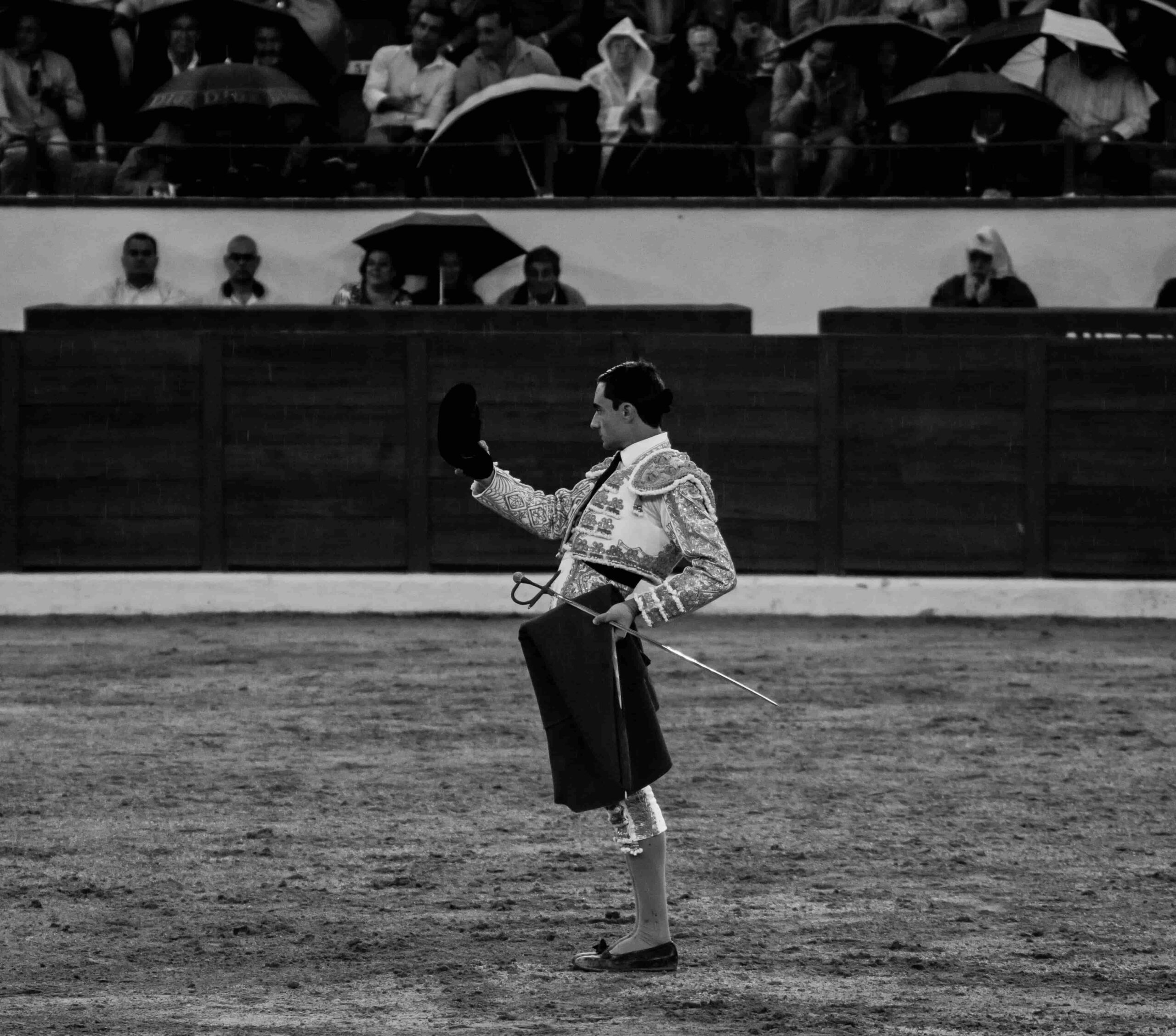Introduction:-Bullfighting, a traditional spectacle deeply rooted in the cultural fabric of certain regions, has sparked both admiration and condemnation. This centuries-old tradition, particularly associated with Spain, Mexico, and some parts of South America, blends elements of artistry, bravery, and controversy. While proponents argue that bullfighting is a significant cultural heritage, critics vehemently oppose it, citing concerns about animal cruelty and ethical considerations. This article delves into the history, cultural significance, controversy, and evolving perspectives surrounding the practice of bullfighting.
A Historical Perspective:
The origins of bullfighting can be traced back thousands of years, with roots in ancient civilizations such as Rome and Greece. However, the modern form of bullfighting, as it is known today, emerged in Spain during the 18th century. The practice quickly gained popularity, evolving into a sophisticated and stylized performance that combines elements of dance, drama, and danger.
In traditional bullfighting, a matador, dressed in elaborate attire, faces a bull in a designated arena. The matador aims to demonstrate skill, courage, and grace as they confront the powerful and often aggressive animal. The performance is divided into three acts, or “tercios,” each culminating in the matador attempting to deliver a precise and fatal sword thrust to the bull.
Cultural Significance:
Proponents of bullfighting argue that it is an integral part of their cultural heritage, deeply embedded in the history and identity of certain regions. They contend that bullfighting is not just a sport but a complex art form that requires immense skill and dedication. The choreographed dance between the matador and the bull, accompanied by traditional music, reflects a unique blend of tradition and spectacle that captivates audiences.
Bullfighting festivals, such as the famous Running of the Bulls in Pamplona, Spain, attract thousands of spectators from around the world. These events are not only showcases of bravery but also celebrations of cultural identity, fostering a sense of community and shared heritage.
Controversy and Criticism:
While bullfighting has its cultural defenders, it has faced vehement opposition from animal rights activists, ethicists, and concerned citizens. The core of the controversy lies in the treatment of the bulls, which are subjected to physical and psychological stress before facing a brutal and often fatal end in the arena.
Explore thrilling sports content! From live updates to expert analyses Bullfighting and Bungee jumping, our platform delivers the latest on your favorite games and athletes
Critics argue that bullfighting is a form of animal cruelty, as the bulls are intentionally weakened and injured before the final confrontation. The use of sharp instruments and the prolonged torment of the animal are viewed as inhumane practices that go against contemporary ethical standards regarding the treatment of animals.
Changing Perspectives:
In recent years, there has been a noticeable shift in public opinion regarding bullfighting. Many countries and regions that once embraced the tradition have implemented measures to restrict or outright ban the practice. For instance, Catalonia, a region in Spain, banned bullfighting in 2010, citing concerns about animal welfare. Other areas, such as parts of Mexico and Colombia, have also introduced regulations to protect the well-being of the animals involved.
International pressure and awareness campaigns led by animal rights organizations have further contributed to the changing landscape of bullfighting. Activists argue that cultural traditions should not be used to justify practices that cause harm to animals and that societies should evolve to adopt more humane forms of entertainment.
The Matador’s Perspective:
On the other side of the debate are the matadors themselves, who often see bullfighting as a sacred and time-honored tradition. Many matadors view their craft as an art form that requires years of dedication, training, and a deep understanding of the psychology of the bull. They argue that the bond between matador and bull is a unique and complex interaction that goes beyond the surface-level violence often associated with the spectacle.
Matadors contend that they have the utmost respect for the animals they face and that bullfighting, when performed with skill and precision, is a display of human mastery over a powerful and unpredictable force of nature. They argue that efforts should be made to preserve and protect the tradition while ensuring the humane treatment of the animals involved.
The Future of Bullfighting:
As attitudes toward animal welfare continue to evolve, the future of bullfighting remains uncertain. While the practice persists in certain regions, the trend toward increased scrutiny and regulation suggests that changes may be on the horizon. Some proponents of bullfighting advocate for reforms within the tradition, such as adopting measures to ensure the well-being of the bulls and minimizing unnecessary harm.
In conclusion, bullfighting is a complex and multifaceted cultural phenomenon that elicits strong emotions on both sides of the debate. While it remains deeply ingrained in the identity of certain regions, the ethical considerations surrounding the treatment of animals have led to a reevaluation of its place in contemporary society. The ongoing dialogue between cultural preservation and animal welfare will likely shape the future of bullfighting, prompting communities to reconsider the balance between tradition and evolving ethical standards.
Top of Form

